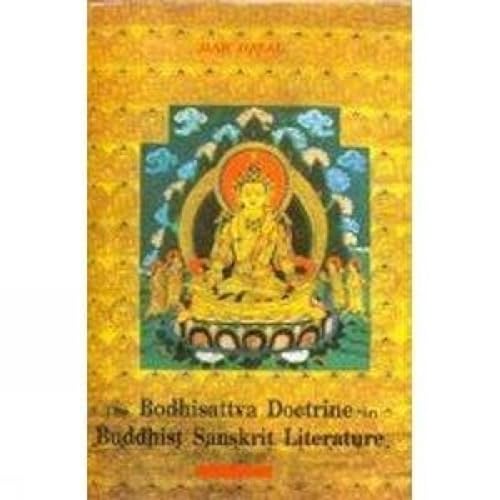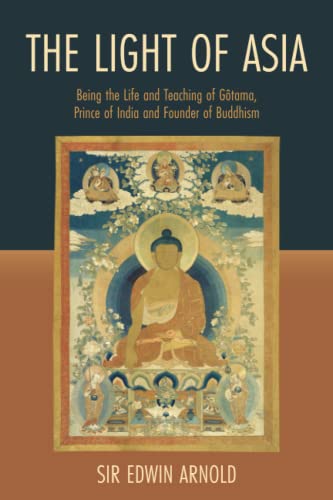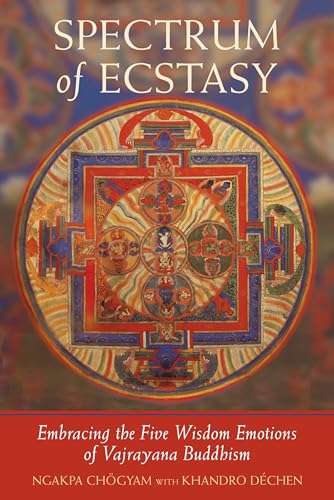Hardships and Downfall of Buddhism in India


sku: COM9788173049286NEW
ACCORDING TO OUR RECORDS THIS PRODUCT IS NOT AVAILABLE NOW
$28.90
Shipping from: Canada
Description
Buddhism originated as an atinomial system, facing the opposition of both vaidika and theistic Brahmans, who socially identified themselves with the agrarian world. The two models of society generated in early historical India never merged, and Buddhism was gradually and often violently reduced to impotence. It was Gupta rule the first checkmated the antinomial model of the Buddhist. Whereas in the open society traders, landowners and 'tribals' coexisted, from Gupta tim4es onwards pressure on kings and direct Brahmanical rule led to the requistions of the land and the impositions of a varna state society. Doctrinal debates, which soon turned into ordeals, where instrumental in the suppression of teh Buddhis elite, mainly formed by intellectuals of Brahmanical descent, this being proof of a dramatic rift in the brahmanavarna. The Vajrayana, which was the Buddhist respo9nse to this state of affairs, originated and grew under Pala rule and expansionism, and was characterized by a decisive opening towards the outcast and the theorization of violence. This set off a conflict whose scope and significance are still poorly understood. It was eventually the compromise between the orthodox power and the Muslims that caused the final downfall of Buddhism. The former were obliged to transfer political power to the latter but had a free hand in social repression. The book draws mainly on Brahmanical source, both literary and iconographic, which are abundant and insufficiently exploited, as well as on archaeological evidence, hardly ever resorted to.
Price history chart & currency exchange rate


















![Buddhism: Its Doctrines and Its Methods [1st Thus] [first edition]
Buddhism: Its Doctrines and Its Methods [1st Thus] [first edition]](http://pictures.abebooks.com/isbn/9780380461851-us.jpg)


![India [first edition]
India [first edition]](http://pictures.abebooks.com/isbn/9780749399207-us.jpg)












